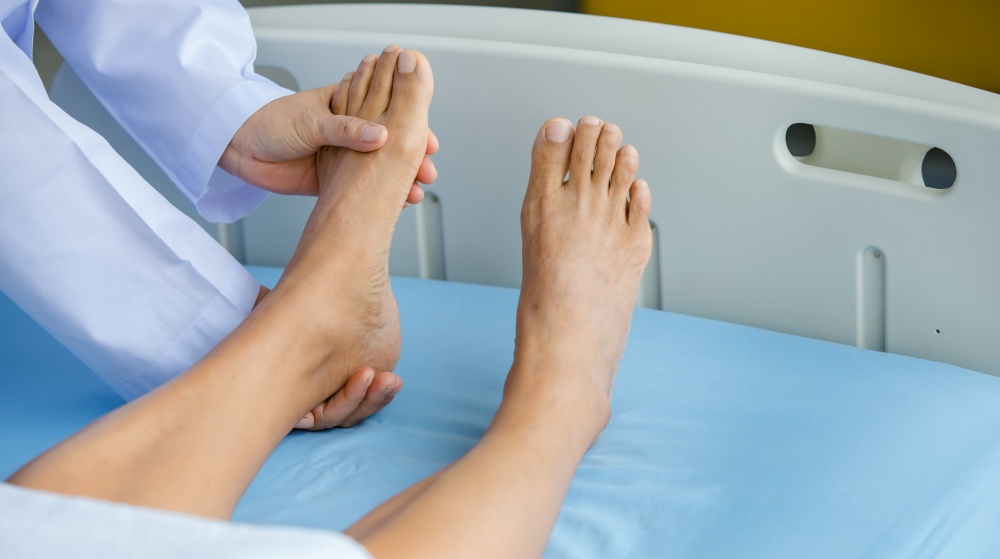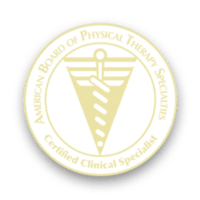Guillain-barre Syndrome and COVID: Is There a Connection?
It’s been almost three years since the novel coronavirus (COVID-19) was discovered in Wuhan, China. While the virus is no longer crippling the world as it used to, medical experts are discovering new things about the infectious disease.
Years later, people are still being admitted to hospitals for COVID. The most common symptoms are fever, cough, and a runny nose. These telltale signs have since expanded to include more troubling manifestations. Some symptoms entail digestive issues while others are more cardiovascular, neurological, and respiratory in nature.
In some cases, the virus has also paved the way for other diseases and disorders. Among these is Guillain-Barre Syndrome (GBS).
What Is Guillain-Barre Syndrome?
GBS is a rare condition where the body’s immune system damages the nerves and causes muscles to become weak. At its worst, it can cause paralysis.
There are still many things to be discovered about GBS cause but what is clear is that it usually happens after an infection with a bacteria or virus. The infection purportedly creates an immune response that causes the inflammation of nerve fibers known as polyneuritis. The damage results in muscle weakness or a loss of sensation.
According to the National Organization for Rare Disorders (NORD), GSB affects about one or two individuals out of every 100,000 people annually.
GSB ranges from mild to severe. Mild GSB impairs the sheaths of the nerve fibers and blocks nerve impulse transmission, hence, the weakness in muscles or the loss of sensation. In severe cases, the damage is within the nerve fibers which takes a long time to heal and may even cause permanent weakness or paralysis.
GBS Symptoms
The GBS symptoms that first appear are a tingling sensation in the limbs followed by muscle weakness.
People with GBS usually start feeling weak in their legs. Over time, the weakness spreads to the arms and the rest of the body. In more serious cases, this weakness will reach the face, throat, and even the breathing muscles. Twenty-five percent of people infected with GBS need breathing machines for respiratory support.
The experience is different for every person. Mostly, GBS symptoms get worse within the first two weeks. However, there are instances when GBS ends in a day while others experience it for at least a month.
At its worse, people are unable to eat because the muscles for swallowing are too weak to work. Some people have a hard time peeing and pooping too. A handful of people may experience complete paralysis to the point that they are unable to move their eyes.
Though this prognosis can be worrying, it’s worth noting that when GBS’s worst symptoms happen, it will only get better. But for people with severe GBS (like those who were paralyzed), healing may be slow-going. NORD stated that 20% of patients with severe GBS still struggle with mobility even after two years.
COVID-related GBS
The main GBS cause is an infection that may come from bacteria or viruses. One of those viruses is SARS-CoV-2, the virus that causes COVID-19.
GBS was discovered among COVID patients in Italy shortly after the pandemic was declared in March 2020. Italy became a COVID epicenter in Europe. The northern city of Pavia was among those with many COVID patients and some of them developed GSB.
According to a study by doctors who treated patients in the area, there were five GBS cases among 1,200 COVID patients from February 28 to March 21, 2020.
The rate of incidence was only slightly higher than NORD’s report of one person out of every 1,000 COVID patients.
Since then, many studies have looked into the connection between COVID-19 and Guillain-Barre syndrome.
As a relatively new disease, COVID continues to evolve. Since cases of Guillain-Barre syndrome have been noted among COVID patients, medical experts recommend that people with GBS be tested for COVID.
Treatment for GBS Disorder
GSB doesn’t have treatment. It’s similar to COVID in the sense that the main affliction doesn’t have a cure. What doctors can do is treat GBS symptoms.
There are three types of GBS:
- Acute inflammatory demyelinating polyradiculoneuropathy (AIDP) – It is characterized by muscle weakness that starts in the legs and spreads upward. It is common in North America and Europe.
- Miller Fisher Syndrome (MFS) – It usually starts with paralysis in the eyes that often results in an unsteady gait. It is common in Asia.
- Acute motor axonal neuropathy (AMAN) and acute motor-sensory axonal neuropathy (AMSAN) – Patients experience acute weakness of the limbs along with respiratory failure. It is common in Mexico, China, and Japan.
When To Seek Emergency Assistance
GBS is a serious condition that requires hospitalization since the patient’s condition can worsen very quickly. The disease usually takes its course in a span of two weeks.
When you feel pins and needles in your fingers and toes but the numbness doesn’t spread, ask your doctor for advice. However, if the tingling sensation is making its way up your body, you must seek emergency assistance. It can spread rapidly and can quickly develop into limb paralysis.
You also need emergency medical attention when muscle weakness, which starts in your limbs, makes its way up your body. In some cases, there may be a weakness in the muscles of one’s face and throat which will result in shortness of breath, especially when an infected individual is lying down.
Doctors usually treat GBS with intravenous immunoglobulin (IVIG which comes from donated blood that has healthy antibodies. The IVID is supposed to stop the infection that damages the nerve fibers or sheaths of nerve fibers.
Moreover, medications will be given to treat symptoms such as pain relievers for muscle weakness, laxatives for constipation, or a breathing machine for those having difficulty breathing.
Those with COVID and GBS should concurrently receive treatments for the symptoms of both diseases.
Bottom Line
Healthcare professionals are continuously discovering new aspects regarding COVID-19. Various studies have noted that at least one or two people develop Guillain-Barre syndrome among 1,000 COVID-19 patients. It’s a serious disorder that could lead to paralysis, hence, immediate hospitalization is necessary if you suspect you have the disorder.



